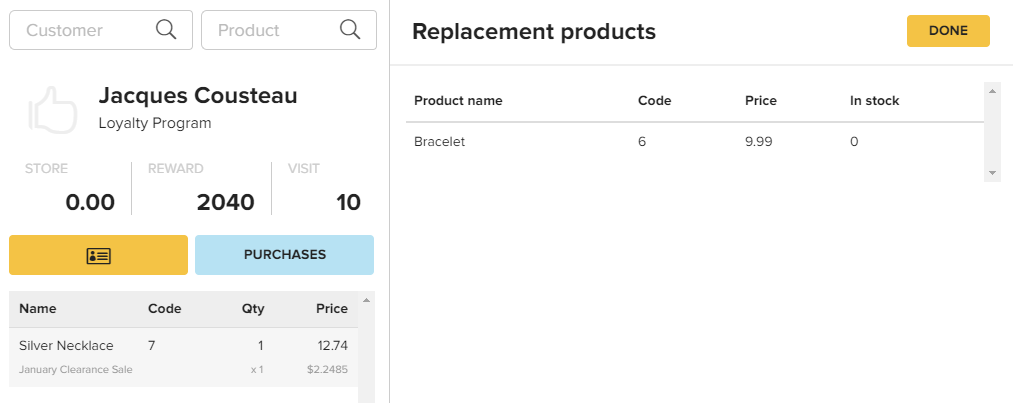Upselling is another technique that retailers can use to increase revenue and customer retention. For many customers, the differences in product pricing aren’t reflected in the products themselves. That means they won’t buy the product that might be what they actually need simply because they don’t know why they need it.
Both upselling and cross-selling aren’t about using cheap tactics to sell more product -- the benefit is for the customer as well. A study by Ove C. Hansemark and Marie Albinsson found that customer satisfaction drives customer retention.
If you can better meet your customer’s needs by upselling and cross-selling, you will increase revenue -- guaranteed.
Cross-sell to the right customers at the right times.
In the early 1990’s, Sears began a cross-selling strategy in the financial services industry by offering credit cards to customers. This boosted their retail sales and garnered them 6.4 million credit card holders in 1996 alone.On a smaller scale, cross-selling can still be extremely effective. Here are some examples of cross-selling that you and your staff can use to boost sales:
Wait staff at a restaurant offering dessert
. To be effective, an offer has to target the right audience. If the guests brought a bottle of wine with their meal and they ordered an appetizer, then they are not concerned about the extra cost of dessert.
A clothing retailer suggesting a tie clip with the purchase of a tie.
In this situation, the salesperson should consider the price of the tie first. Products that are within 20% of the total cost of the tie are acceptable offers. Again, the purpose of cross-selling is to benefit the customer, not to simply sell more things.
Packaging complementary products together.
Offer savings on a hot ticket item while including a related or complementary item in the same bundle. This passive approach to cross-selling takes the pressure off of your staff and puts the power into the hands of the customers.
Retarget customers who have purchased with you in the past.
This is another passive cross-selling method and works very well. Research from comScore, Inc. and ValueClick Media showed that retargeting is more effective than other targeting methods.
Upsell for your customer’s best interest.
Upselling is about educating the customer about their options and why the items are distinctively priced. The perception of the customer is the focus of upselling, and the relation of quality to cost.When a customer walks into your retail store, they may not know that you have exactly what they need. They might be prepared to pay any price for what they need, but because they think a shirt is a shirt is a shirt, they will buy whatever hits their fancy first.
Upselling, then, is informing your customers how higher value items could benefit them. Here are some tips for your floor staff to increase sales from upselling:
Get your customer talking.
Find out what your customer's experiences are, and what experiences they are hoping to have as it relates to your products. That means asking questions about the customer -- build rapport and generate a genuine interest.
Listen to what the customer’s need is.
Better listening is better communication, and active listening is a top priority for salespeople of all walks. Developing active listening skills will increase sales by itself, but it will also make upselling much more effective.
Help your customer visualize the value of what you are upselling.
The main object of upselling is illustrating the satisfaction a customer can have with a higher-end product. Definitely, don’t push a product on a customer, only show them that there is value elsewhere.
In the example above, the customer’s need was identified after they talked about their experience. This particular customer may not need help visualizing the value of more storage space -- that’s what they’re looking for after all.
To improve your upselling and cross-selling efforts, also try using POS software that makes the task easier. Erply’s POS software includes a Suggested Sales feature, for example, making cross-selling that much smoother.

In the Erply back-end, I can assign a bracelet as a cross-sell product for the item “silver necklace”

When the silver necklace is entered at the register, “bracelet” automatically comes up as a cross-sell prompt.